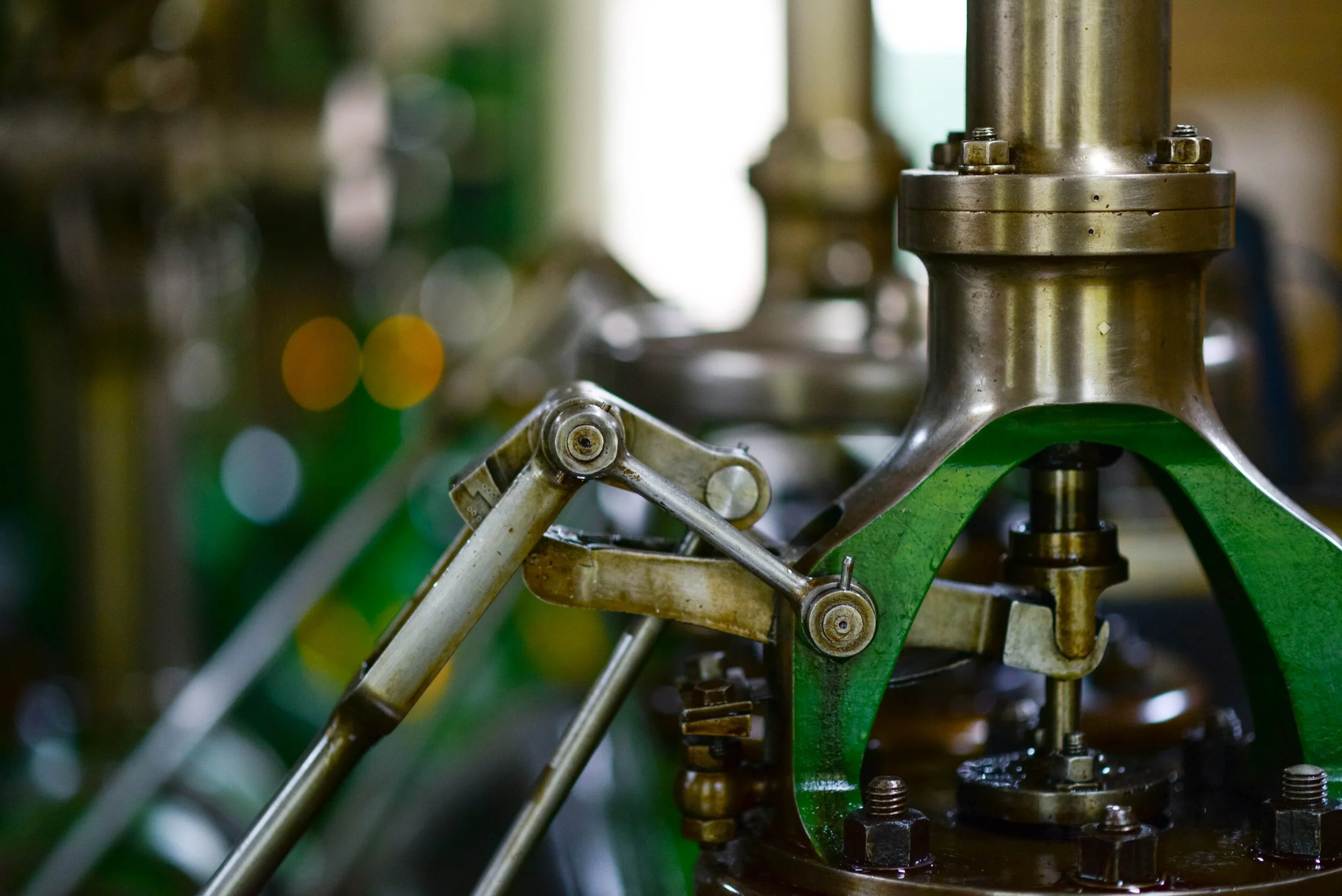What Documentation do I need for my SR&ED Claim?
"What documentation do I need for my SR&ED claim?"
This is one of the most common questions we receive at Advance-Tek. It is important to understand what evidence you need to support your claim. Proper documentation not only demonstrates to CRA that your claim has been prepared properly, but also serves as a starting point when searching for collectively necessary activities to support your SR&ED project. Here are three examples of documentation that are acceptable by the CRA as evidence to support your SR&ED claim.
1) Logbook Entries
One of the best sources of documentation for SR&ED work performed is the trusty logbook. Documentation needs to be contemporaneous, and what better example than notes made by the individuals performing the work at the time the work is being done. Of course, this is not limited to logbooks, but other forms of field notes or data acquired throughout the project are great examples too. Often these notes are the best source to find information that demonstrates incremental improvements that occurred throughout the project.
2) Project Review Presentations
Another excellent source of documentation is project review presentations. These presentations are often designed to distill the project down to the key information, and to inform stakeholders of what challenges were encountered, and why certain strategies were used to overcome these challenges. What is even better, is that many companies today are utilizing project development frameworks, such as SCRUM, that require scheduled review meetings. These presentations can serve as tremendous documentation for your SR&ED projects.
3) Receipts and Invoices
At the end of the day, an SR&ED claim has one purpose: to get cash back in your pocket! Therefore, it is important to hold on to any evidence of spending that you incurred throughout your SR&ED project. Receipts, invoices, contracts, and purchase orders can all serve as documentation to support the amounts indicated in your SR&ED claim. When it comes to non-material costs, it is important to understand the rules regarding what costs can be claimed based on where the work was performed. For interprovincial and international projects, there are some important considerations that need to be accounted for!
4) Bonus! Email Threads!
Ok fine, I will leave you with a bonus category! Email threads are a non-obvious source of documentation. Even better, they are contemporaneous and often included attachments with other documents that discuss your SR&ED project. Just because something is not a professional report does NOT mean that it cannot be used as evidence for the work you performed. For this reason, emails are often overlooked, even though their can be a wealth of information buried deep inside your inbox. Bonus points to you if you keep your inbox organized!
So there you have it. Four categories of documentation that can help support your SR&ED claim. Throughout the claim process, the CRA can ask you to provide any documentation that you have to support your claim, so it is important to be prepared. Reviewing these documents while preparing the claim can ensure that key details are highlighted and can often point out more work that was required to support your SR&ED project than you may have initially remembered. So whether you are gathering information for a SR&ED claim, or are planning for a future SR&ED project, keep these documentation categories in mind, and you just might find yourself with a few extra nickels from your claim.

